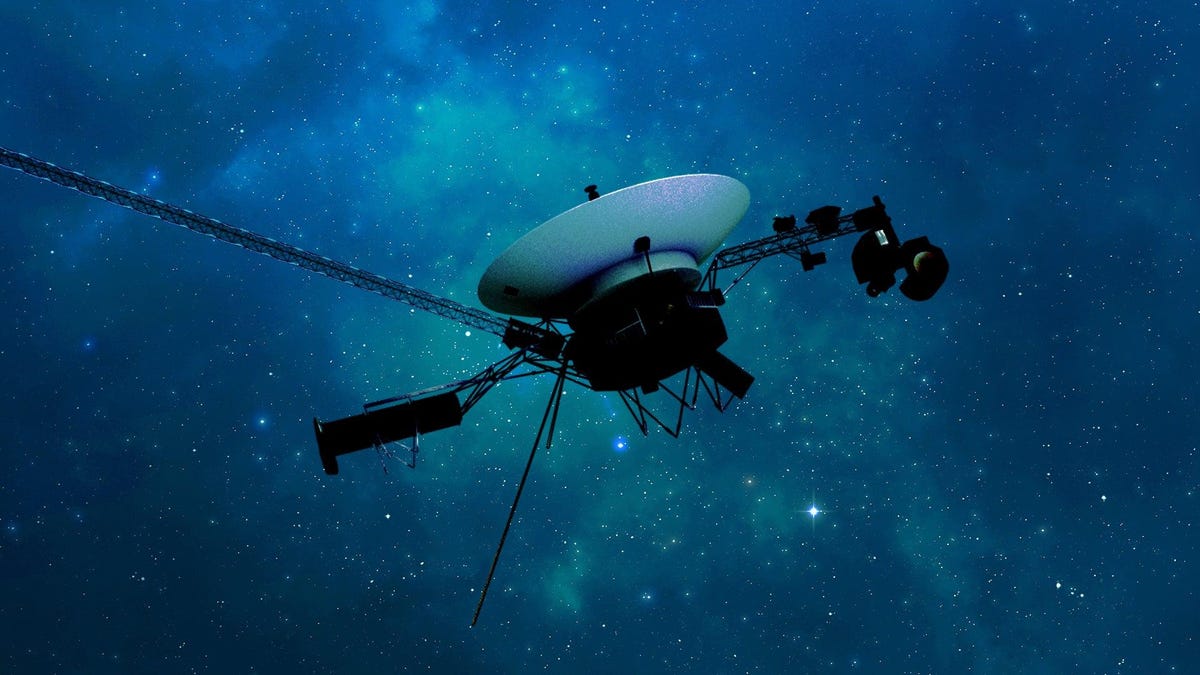Voyager 1 Mission Resumes Data Transmission
The Voyager 1 spacecraft has recently resumed sending valuable data back to Earth after more than five months of silence, reigniting hopes for the continuation of its 46-year-old interstellar mission. This development marks a significant milestone in the spacecraft’s journey through the outer reaches of the solar system and into the vast unknown of interstellar space.
Technical Challenges and Solutions
The spacecraft, which launched in 1977, encountered a major setback last year when it began transmitting inexplicable gibberish instead of coherent scientific and engineering data. After extensive analysis, NASA’s Jet Propulsion Lab (JPL) identified a malfunctioning chip within Voyager 1’s flight data system (FDS) as the root cause of the communication breakdown.
Recognizing the impossibility of repairing the faulty chip, the dedicated team at JPL devised a creative solution to salvage the mission. By dividing the affected code into manageable sections and redistributing them across different parts of the FDS memory, engineers successfully reconfigured the spacecraft’s data transmission system.
Restoring Communication
On April 18, a crucial breakthrough was achieved as the team relocated the problematic code responsible for packaging the spacecraft’s engineering data to a new storage location within the FDS. Just two days later, Voyager 1 responded with a clear signal, indicating a successful reestablishment of communication with Earth.
Despite the immense distance of 15.14 billion miles between Voyager 1 and mission control, the dedicated team of engineers and scientists persevered in their efforts to restore the spacecraft’s functionality. With careful planning and meticulous execution, they are gradually relocating the remaining sections of affected software to ensure the seamless operation of the mission’s scientific instruments.
Historic Journey of Voyager 1
Since its launch, Voyager 1 has embarked on a historic voyage that has surpassed all expectations. Venturing beyond the confines of the heliosphere in 2012, the spacecraft became the first of its kind to enter interstellar space, expanding humanity’s understanding of the cosmos.
As the oldest active mission in space exploration history, Voyager 1, along with its counterpart Voyager 2, continues to defy the odds and push the boundaries of scientific discovery. Despite the occasional challenges and technical hiccups, the enduring legacy of these iconic spacecraft serves as a testament to human ingenuity and perseverance in the quest for knowledge.
Image/Photo credit: source url





